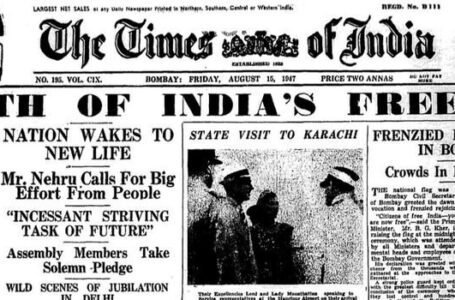Gateway to Divinity: Shri Laxmi Narayan Mandir in Karachi
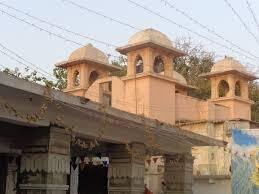
The Shri Laxmi Narayan Mandir stands as a testament to faith and devotion. Nestled in the heart of Karachi, Pakistan, this Hindu temple has witnessed over two centuries of prayers, rituals, and community gatherings.Around 200 years ago, skilled hands laid the temple’s foundation. Its walls echo tales of generations who sought solace and blessings. The temple’s roots run deep, connecting us to a time when faith was etched into every stone. Goddesses Lakshmi, graces the temple’s sanctum. Alongside her, statues of Lord Vishnu, Hanuman, and Sai Baba of Shirdi find their abode. Devotees gather during festivals, their hearts brimming with devotion. Ganesh Chaturthi and Raksha Bandhan resonate within these hallowed walls.
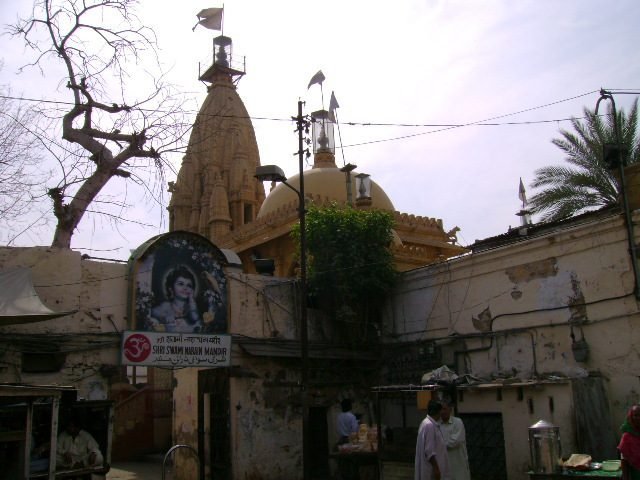
Certainly! Let’s explore the architecture of the Shri Laxmi Narayan Mandir in Lahore:
The temple’s architecture whispers secrets of an era long past. It stands under the Native Jetty Bridge, its gaze fixed upon the Arabian Sea. Here, the faithful seek blessings, dip in the sea’s waters for purification, and offer prayers. The temple’s survival is a testament to resilience, even as port development threatens its integrity.
The temple follows the Nagara style of temple architecture. This style is characterised by its verticality, intricate carvings, and tower-like spires, The three-storied temple stands as a testament to ancient craftsmanship, with each level revealing stories etched in stone, The entire temple is adorned with intricate carvings that depict scenes from the golden yuga (the present universe cycle).
These carvings narrate tales of gods, goddesses, and celestial beings, capturing the essence of Hindu mythology, The temple is strategically situated under the Native Jetty Bridge in Karachi, Pakistan, Its proximity to the Arabian Sea adds to its significance. Devotees gather here for rituals, prayers, and offerings.
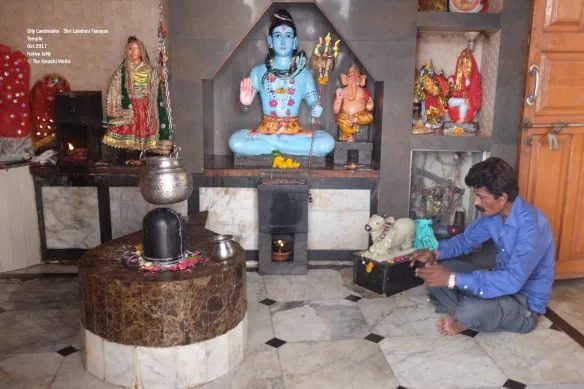
The temple is primarily devoted to Goddess Lakshmi and Lord Vishnu. Statues of Hanuman and Sai Baba of Shirdi also find their place within, Key festivals celebrated here include Ganesh Chaturthi (Ganesha’s birthday) and Raksha Bandhan, Devotees perform Śrāddha rituals and immerse idols of Goddess Durga and Ganesha in the sea during specific festivals.
Despite threats posed by port development activities, the temple stands resilient. In 2012, a court order protected it from demolition, preserving its access to seawater. The temple’s survival is a testament to faith transcending time and adversity.
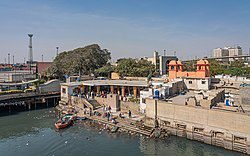
The temple follows the Nagara style of temple architecture, which flourished around the 5th and 6th centuries AD in India. Its verticality, intricate carvings, and tower-like spires evoke ancient craftsmanship. Intricate carvings adorn every inch of the temple. These depict scenes from the golden yuga, capturing Hindu mythology’s essence. These carvings narrate tales of gods, goddesses, and celestial beings, etching devotion into stone. The temple stands under the Native Jetty Bridge in Karachi, Pakistan, overlooking the Arabian Sea. Here, devotees seek blessings, dip in the sea for purification, and offer prayers, Goddess Lakshmi and Lord Vishnu preside over the temple. Statues of Hanuman and Sai Baba of Shirdi also find their abode, Ganesh Chaturthi and Raksha Bandhan resonate within these hallowed walls, Despite threats from port development, the temple stands resilient, In 2012, the Sindh High Court protected it from demolition, preserving its access to seawater, The temple’s survival is a testament to faith transcending time and adversity.
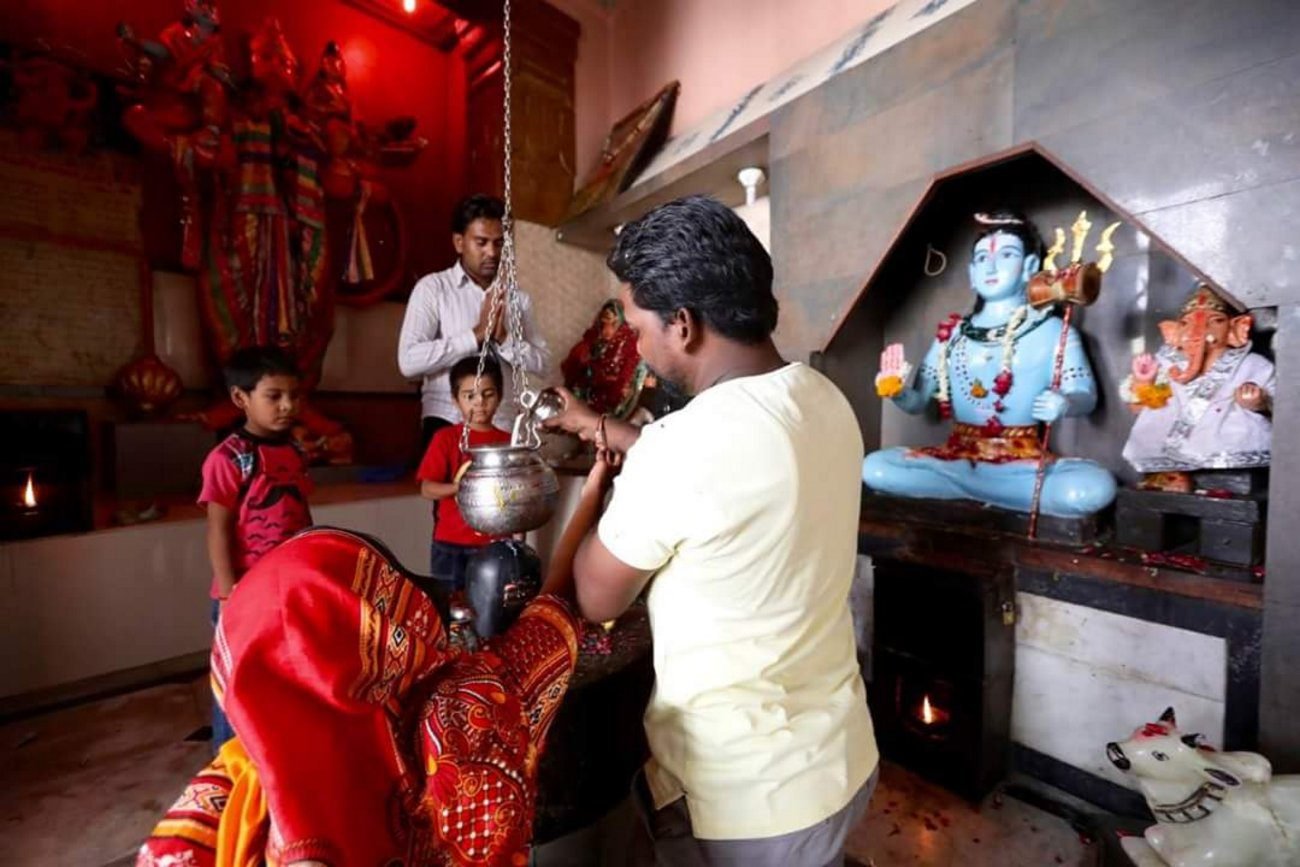
As the Shri Laxmi Narayan Mandir in Lahore stands resilient against the tides of time, restoration efforts have become crucial to preserve its sacred architecture. Here’s what we know:
Port development activities and nearby construction pose a threat to the temple’s integrity, An entertainment complex is planned, encroaching upon the temple courtyard, The temple’s access to seawater is at risk.
In September 2012, the Sindh High Court stepped in after a petition by the local Hindu community, The court issued an order restraining the Karachi Port Trust from demolishing the temple. This legal protection ensures the temple’s survival. The Hindu families in the region, belonging to the scheduled caste, have raised their voices. They believe they are being forcefully re-settled due to “corporate greed and a discriminatory caste system.” The temple remains a symbol of their faith and identity.
Restoration efforts must strike a delicate balance between preserving tradition and adapting to modern needs, The temple’s architectural elements need careful attention to maintain their historical significance. The Shri Laxmi Narayan Mandir in Lahore, standing steadfast for over two centuries, has witnessed the ebb and flow of time.
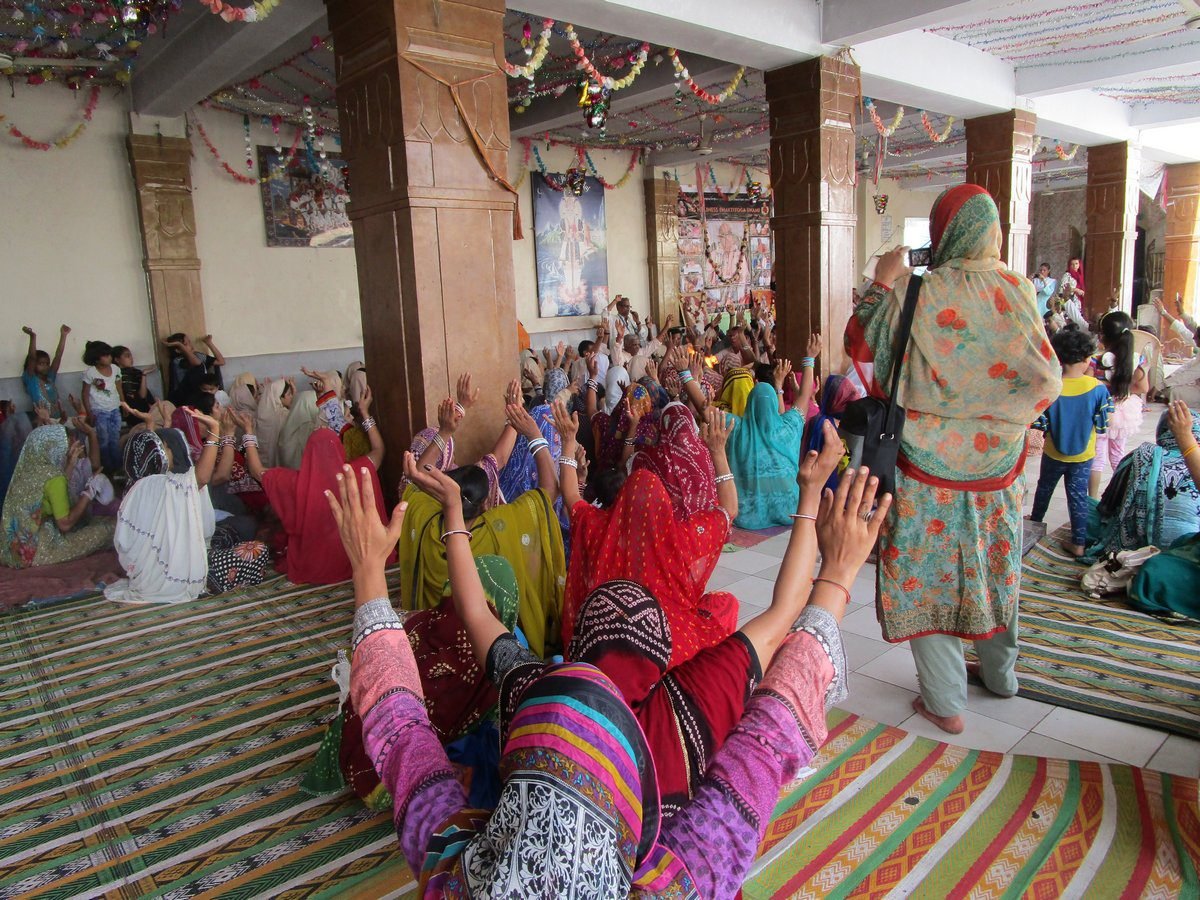
Let us explore how modernization has left its mark on this sacred abode:
To a large extent, the temple’s architecture reflects the Swadeshi movement of the early 20th century. During this period, there was a resurgence of pride in indigenous culture and craftsmanship. The temple’s design draws inspiration from canonical texts and incorporates elements that resonate with the spirit of Swadeshi As modernization unfolded, the temple embraced modern materials available at the time These materials allowed for innovation while preserving the temple’s sacred essence The fusion of tradition and modernity is evident in its construction.
Despite the march of progress, the temple faces threats from port development activities and nearby construction An entertainment complex is planned, encroaching upon the temple courtyard In 2012, the Sindh High Court intervened, restraining the Karachi Port Trust from demolishing the temple, The temple’s survival stands as a testament to faith, community, and the struggle against adversity.

Let’s explore The temple’s story began around 200 years ago when skilled hands laid its foundation.
It stands as a divine resolution, a well-planned edifice by Vaikunthvasi Shrimad Jagadguru Ramanujacharya Swami Sudarshanacharyaji Maharaj. The temple’s dedication to Goddess Lakshmiji (the Goddess of Wealth) and her consort Lord Narayan (Vishnuji) earned it the name Lakshmi Narayan Mandir. The temple’s architecture is unique in Northern India due to its white marble sourced from Makrana, Rajasthan. Its five sky-touching pinnacles, adorned with gold, make it stand out. Devotees from India and abroad recognize its sanctity, likening it to revered temples like Tirupati Balaji and Srirangam. Despite threats from port development, the temple’s survival remains a testament to faith, The Sindh High Court intervened in 2012, protecting it from demolition. The temple’s legacy continues, cherished by those who seek solace within its walls.
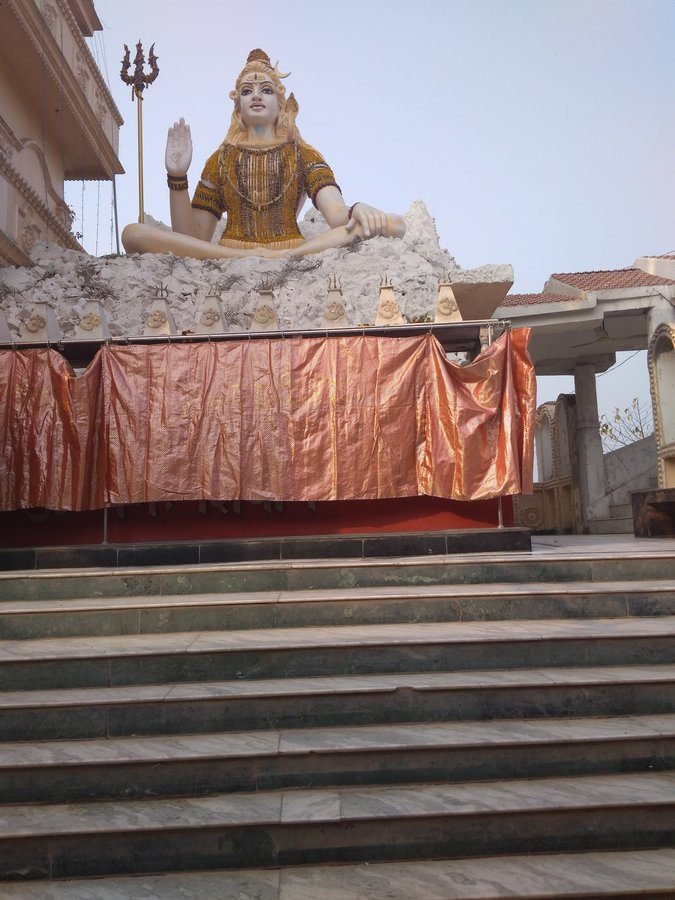
Certainly! Let’s uncover some lesser-known stories associated with the Shri Laxmi Narayan Mandir in Lahore:
Around 200 years ago, skilled hands laid the temple’s foundation. According to the Laxmi Narayan saga, the Kalpa-Vriksha (the wish-fulfilling tree) is believed to have originated from the cosmic ocean during the Samudra Manthan. On Akshaya Tritiya, devotees venerate the Kalpa-Vriksha, seeking blessings for prosperity and fulfilment of desires.
The temple’s architecture reflects the Swadeshi movement of the early 20th century Architect Sris Chandra Chatterjee blended tradition with modernity, incorporating new construction ideas and technologies. The temple’s white marble, sourced from Makrana, Rajasthan, adds to its uniqueness. The local Hindu community raised their voices to protect the temple. In 2012, the Sindh High Court intervened, restraining the Karachi Port Trust from demolishing it. Their collective efforts ensured that the temple remains accessible to all castes, Despite threats the temple stands resilient, defying time and adversity.
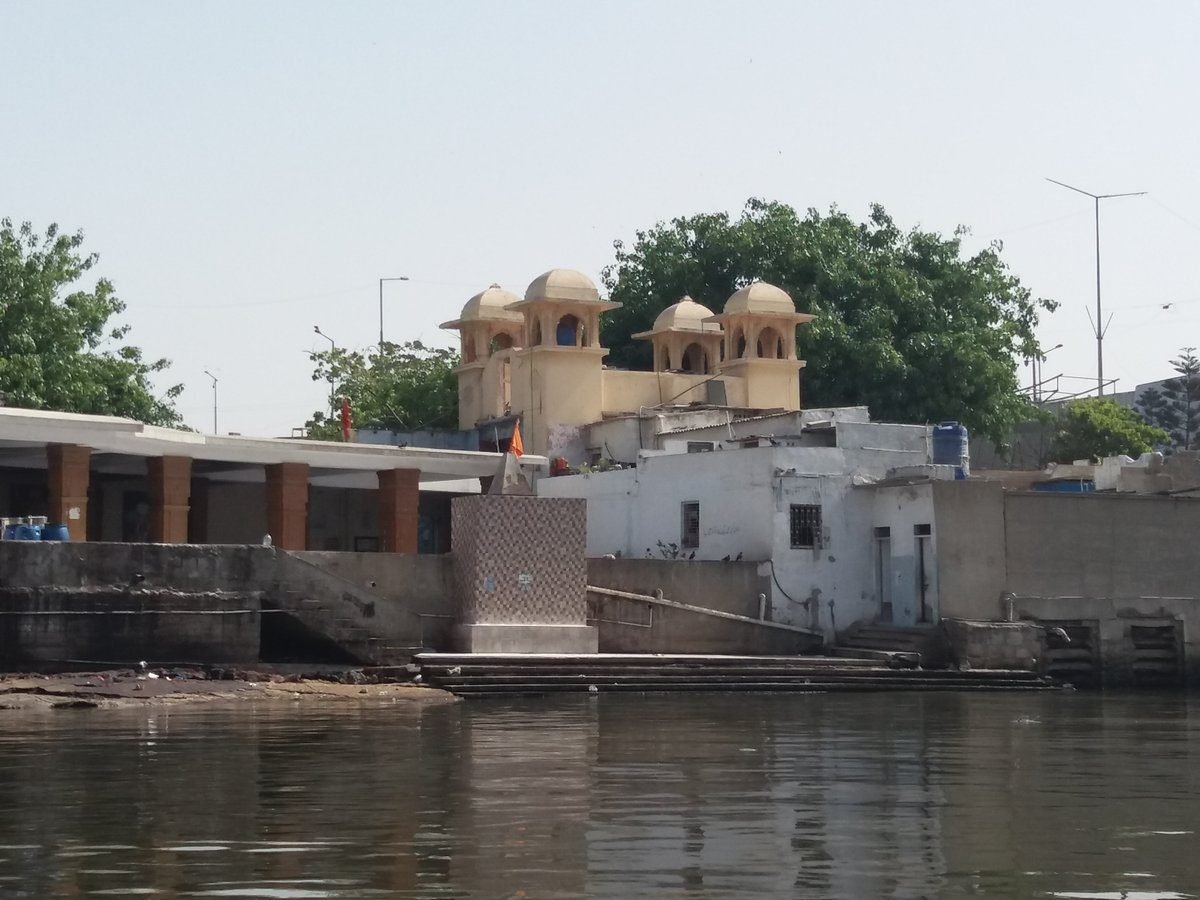
Shri Laxmi Narayan Mandir stands as a gateway to divinity. Its white marble spires, etched with devotion, pierce the sky, while the Arabian Sea’s waves echo the prayers of generations. The temple’s survival, protected by legal intervention and fueled by community resilience, defies time and adversity. As the sun sets over the horizon, it reminds us that faith transcends borders, and divinity finds its home wherever hearts beat in reverence.
